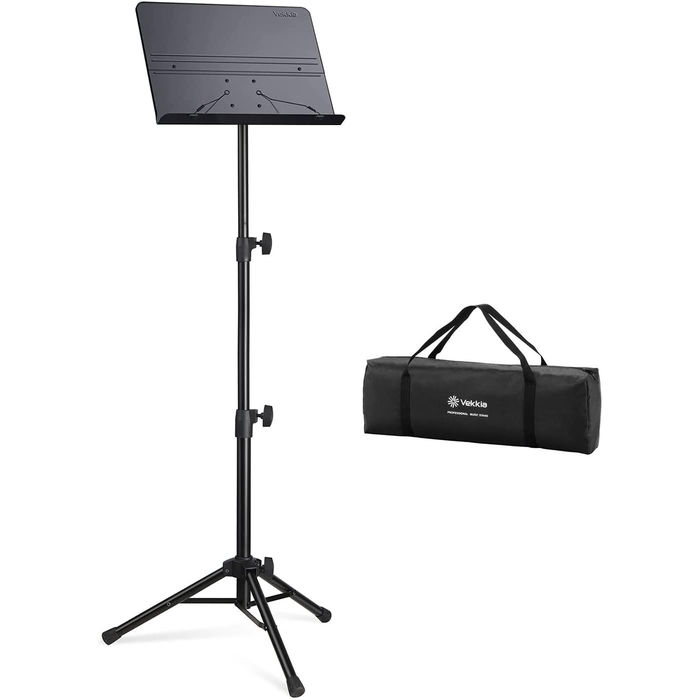Upcoming Events
Commercial vs. Corporate Narration: What’s the Difference?
Commercial and corporate narration both involve promoting a product or service, but they require different approaches. I’ll show you how to adjust your tone, pacing, and delivery to connect with the right audience and make every script count.
The Power of Concluding Your Thoughts in a Script Read
Many script reads fall flat because the speaker never truly finishes a thought. In this post, Anne Ganguzza breaks down how concluding your ideas clearly—at sentence ends, commas, or transitions—can instantly improve your script performance, making it sound more natural, confident, and connected.
Get what Anne's sharing
As an Amazon Associate, I earn from qualifying purchases. This page contains affiliate links. If you click on one of these links and make a purchase, I may earn a commission at no additional cost to you.

Stop Talking At Me: How to Talk To Your Listener

Commercial vs. Corporate Narration: What’s the Difference?
Commercial and corporate narration both involve promoting a product or service, but they require different approaches. I’ll show you how to adjust your tone, pacing, and delivery to connect with the right audience and make every script count.
Commercial vs. Corporate Narration: What’s the Difference?

Surrounding Sentences: How They Shape Your Storytelling
When you read a script, it’s easy to focus on individual lines—but the sentences around each line shape your story. I’ll show you how analyzing surrounding sentences helps you highlight key points, track the evolution of the story, and deliver a read that truly connects with the listener.
Surrounding Sentences: How They Shape Your Storytelling






























































































